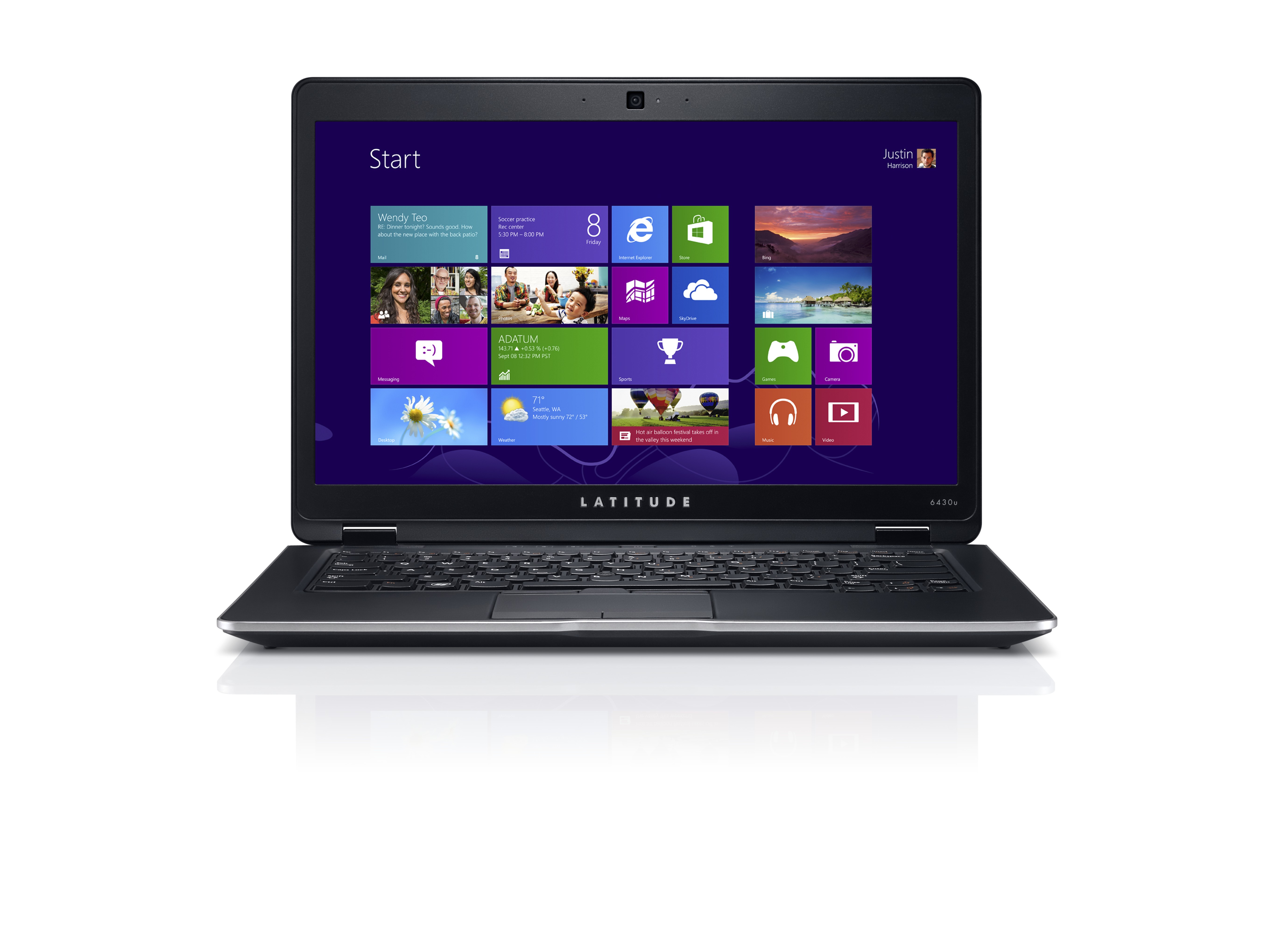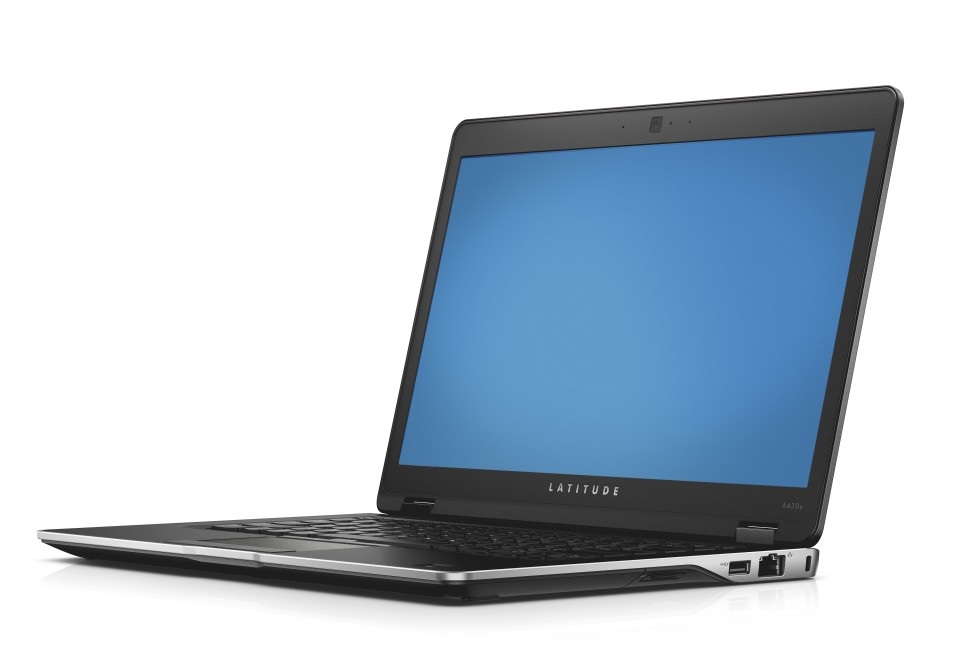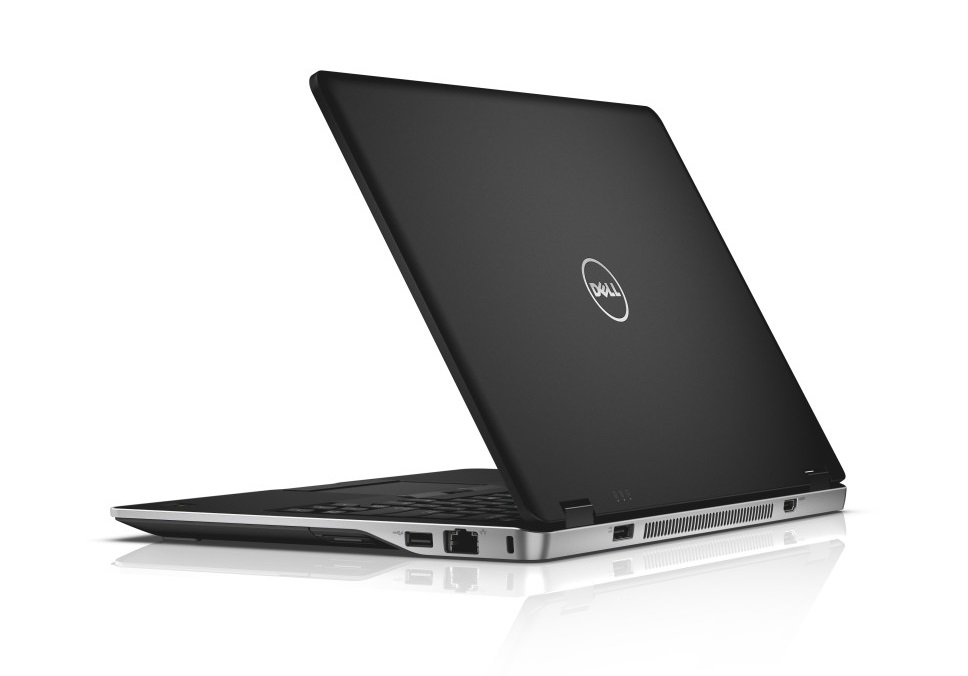Dell Latitude 6430u review
The toughest Ultrabook on the market. But has Dell had to sacrifice performance?


With military grade design and excellent battery life, the 6430u will satisfy the need of most business users. The only weakness is the screen. The low-quality means it's not ideal for graphical work.
-
+
Military-grade design; Good performance; Quick SSD; Decent battery life; Lengthy warranty; Customisable
-
-
Poor quality screen; A little chunky and heavy for an Ultrabook

Intel has pumped a colossal amount of cash into consumer Ultrabooks, but business editions are hard to find. Dell has finally launched its first corporate Ultrabook, and the Latitude 6430u look like it's worth the wait.
Military standard
The Latitude 6430u is tougher than any Ultrabook because it's passed the MIL-STD-810: a set of tests that adhere to the United States Military Standard. They're designed to simulate a broad range of environmental conditions and make sure products can withstand extreme. Dell has dialled down onto the "G" category, which subjects new products to a battery of laboratory tests.
The Latitude has undergone passed 16 tests and is certified to withstand extreme altitudes, high/low temperatures, humidity, dusty locations and more than its fair share of drops, shocks and vibrations.
Dell's laboratory testing is one thing, but we're pleased to report that the Latitude lives up to its billing in real-world use. It's a tough piece of kit, with barely any give in either the base or the lid no matter how much we flexed. There are neat touches throughout; the display is inset from the bezel so the keyboard isn't damaged, and the metallic borders around the device are made from Magnesium alloy.

The military-standard design also make the Latitude practical. The keyboard is a standard Scrabble-tile unit, and it's backlit for low-light visibility. The concave keys are comfortable with a crisp, light action, and there's a Lenovo-style trackpoint in the middle of the keyboard that's responsive and accurate. The traditional touchpad is sandwiched between two pairs of mouse buttons, and they're similarly light to the touch. The touchpad works with all of Windows 8's edge-swipe gestures.
There's a downside to all of the practical design: this isn't pretty device. It's made from a selection of matte black panels, with those Magnesium bands the only aesthetic touch, and there's no room for finery. The 22mm-thick Dell is chunkier than most Ultrabooks, and its 1.6kg weight puts it into the top tier of these slimline laptops.
Core i5 power
The Core i5-3427U is the chip of choice for Ultrabooks. It's a 1.8GHz part that sits towards the top of Intel's low-power Ivy Bridge range, and it's got a decent specification: two cores, a maximum Turbo Boost speed of 2.8GHz, and the HD Graphics 4000 integrated GPU.
It's combined here with 4GB of DDR3 RAM and a 128GB PM830 SSD, and it returned an application benchmark score of 0.69 as good as it gets for this generation of Ultrabook. It's worth mentioning that SSD, which is blazingly quick it scored 459MB/sec and 231MB/sec in the AS SSD sequential read and write tests. The end result is a system the boots and loads swiftly and shows no hint of struggle until it's asked to run intensive workplace software.

The nippy specification is assisted by a capable specification. Intel vPro aids office manageability, and Gigabit Ethernet, dual-band 802.11n wireless and Bluetooth 4 handle connectivity. TPM 1.2 provides a little added security, and a reasonable selection of ports and sockets is scattered around the Dell's borders: three USB 3 ports, an eSATA connection, SD card reader and both S-DUB and HDMI display outputs. There's a physical Wi-Fi switch on the side of the machine.
The six-cell battery puts in a good shift. It lasted for 10hrs 51mins in our light-use benchmark, which browses web pages with wireless turned off and the screen calibrated to a brightness level of 75cd/m2. That's twice the lifespan of the Microsoft Surface Pro, but the Dell Latitude 10 tablet, with its extended and replaceable battery.
If there's one disappointment, it's the 14in screen. We like the matte anti-glare finish, and the resolution of 1,600 x 900 is enough to make the panel feel pin-sharp. The brightness level of 344cd/m2 is good, too, and ensures the panel will remain legible under bright office lights. The big problem, though, is poor image quality. The measured contrast ratio of 191:1 means the colour gamut is narrow, and black levels aren't deep at all the whole screen looks lifeless. The average Delta E of 10.3 means that colour accuracy is wide of the mark, too. It's fine for general work, but this panel isn't cut out for graphical tasks.
Get the ITPro daily newsletter
Sign up today and you will receive a free copy of our Future Focus 2025 report - the leading guidance on AI, cybersecurity and other IT challenges as per 700+ senior executives
Mike Jennings has worked as a technology journalist for more than a decade and has been fascinated by computers since childhood, when he spent far too long building terrible websites. He loves desktop PCs, components, laptops and anything to do with the latest hardware.
Mike worked as a staff writer at PC Pro magazine in London for seven years, and during that time wrote for a variety of other tech titles, including Custom PC, Micro Mart and Computer Shopper. Since 2013, he’s been a freelance tech writer, and writes regularly for titles like Wired, TechRadar, Stuff, TechSpot, IT Pro, TrustedReviews and TechAdvisor. He still loves tech and covers everything from the latest business hardware and software to high-end gaming gear, and you’ll find him on plenty of sites writing reviews, features and guides on a vast range of topics.
You can email Mike at mike@mike-jennings.net, or find him on Twitter at @mikejjennings
-
 Nvidia braces for a $5.5 billion hit as tariffs reach the semiconductor industry
Nvidia braces for a $5.5 billion hit as tariffs reach the semiconductor industryNews The chipmaker says its H20 chips need a special license as its share price plummets
By Bobby Hellard Published
-
 Business leaders are having a crisis of confidence over data literacy
Business leaders are having a crisis of confidence over data literacyNews A Salesforce survey reveals business leaders don't trust their data, or their ability to make the most of it
By Emma Woollacott Published
-
 MITRE CVE program handed last minute reprieve amid funding lapse concerns
MITRE CVE program handed last minute reprieve amid funding lapse concernsNews The MITRE Corporation's Common Vulnerabilities and Exposures (CVEs) database has been handed a last minute reprieve amid concerns over funding.
By Rory Bathgate Last updated